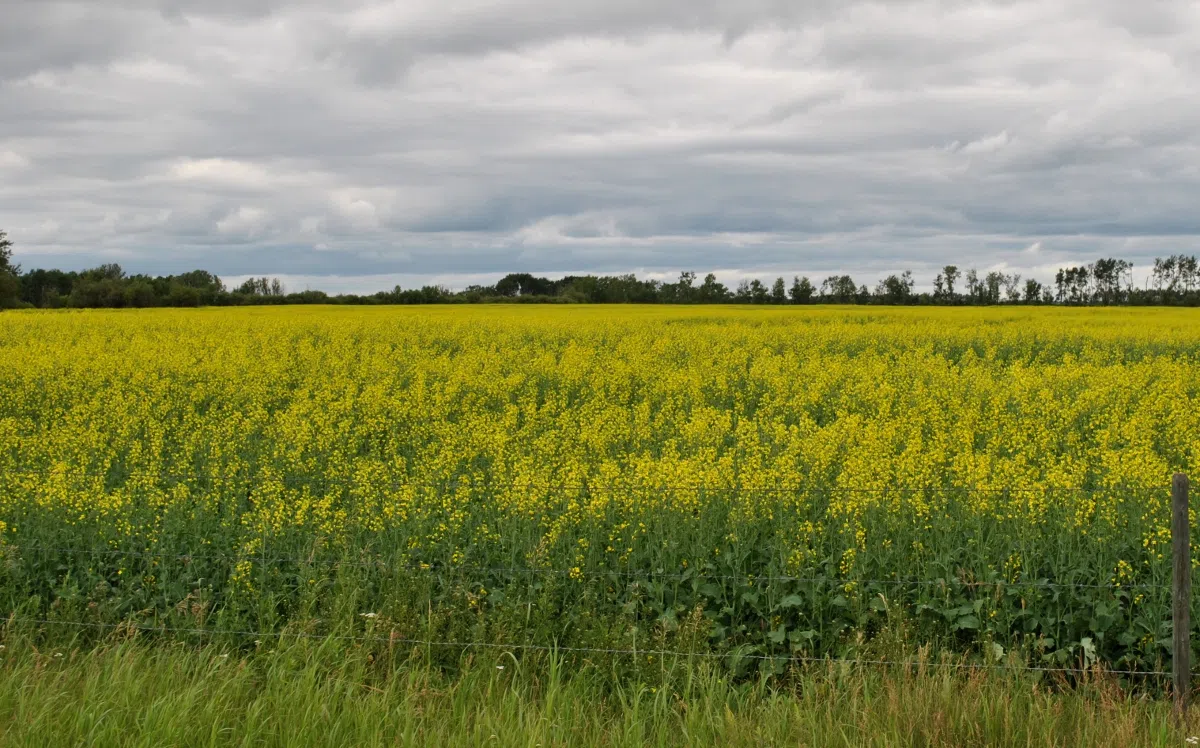
Clubroot to be studied across northern Sask.
It’s not widespread yet, but clubroot has taken hold in parts of north and northeast Saskatchewan and those in the agricultural sector have taken notice.
Identified as a regulated pest, clubroot affects crops such as canola, camelina and mustard. Clubroot has been found in less than 10 fields in those parts of the province, but Victoria Nameth, a regional crops specialist with the Saskatchewan Ministry of Agriculture, said there is much that producers can do to prevent the spread of the disease. Nameth spoke in Prince Albert Thursday during the Crop Talk 2018 conference, saying researchers will study 1,800 fields across north and northeast Saskatchewan this summer to further examine the extent of clubroot in the province.
“We’re not exactly sure of the extent or how much clubroot is in the province, so that’s why we’re doing a more extensive survey this year,” Nameth said. “Once clubroot gets in the soil, it’s impossible to eradicate just because the spores last up to 20 years.”
Clubroot is easily spread, but Nameth said farmers can significantly reduce the spread through crop rotation and by ensuring equipment is cleaned well with water or disinfectant before moving between fields, along with wearing disposable covers over boots and shoes. As clubroot is generally found at field entrances, Nameth advised farmers to park vehicles away from entrances and walk in.


